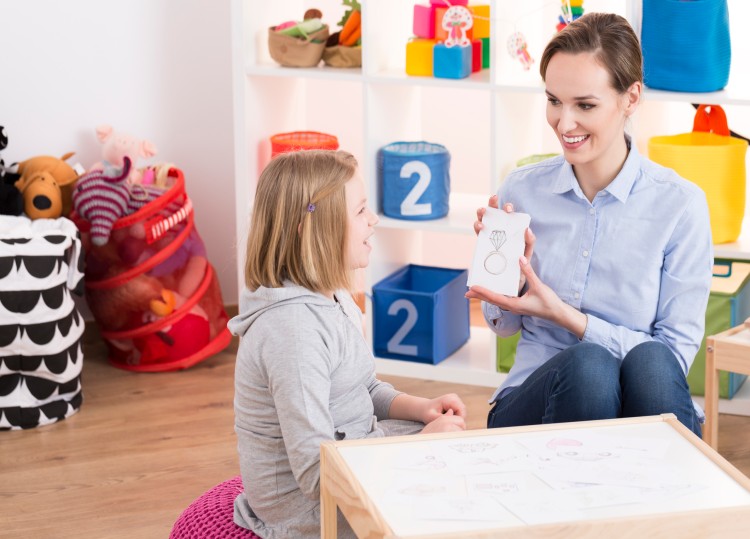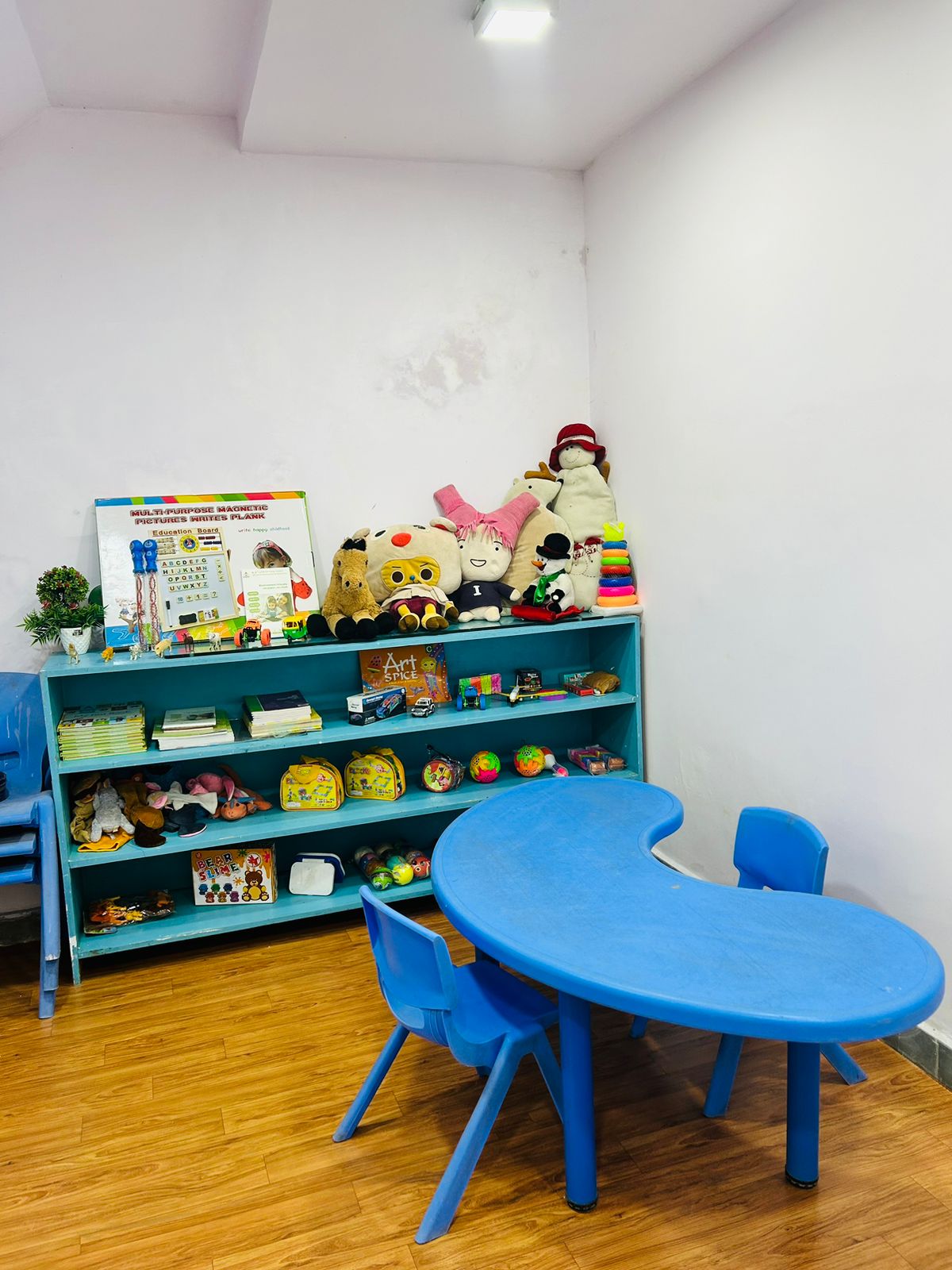Applied Behavior Analysis (ABA) is a therapy based on the science of learning and behavior.

Therapists have used ABA to help children with autism and related developmental disorders since the 1960s.
Applied Behavior Analysis involves many techniques for understanding and changing behavior. ABA is a flexible treatment:
Positive reinforcement is one of the main strategies used in ABA.
Positive rewards encourage the person to continue using the skill. Over time this leads to meaningful behavior change.
Understanding antecedents (what happens before a behavior occurs) and consequences (what happens after the behavior) is another important part of any ABA program.
The following three steps – the “A-B-Cs” – help us teach and understand behavior:
Therapist start by doing a detailed assessment of each person’s skills and preferences. They will use this to write specific treatment goals which includes Family Preference also.
Special education is a practice of educating students in a way that helps their individual differences, disabilities, and special needs. It involves the individually planned and systematically monitored arrangement of teaching procedures, adapted equipment and materials, and accessible settings. These approaches are designed to help individuals with special needs achieve a higher level of personal self-sufficiency and success in school and in their community.
Autism spectrum disorder (ASD) Attention Deficit Hyperactive Disorder is a neurodevelopmental disorder characterized by deficits in social communication and social interaction, and repetitive or restricted patterns of behaviors, interests, or activities, which can include hyper- and hyperactivity to sensory input.
Intensive, sustained special education programs and behavior therapy early in life can help children with ASD acquire self-care, social, and job skills, and often can improve functioning, and decrease severity of the signs and observed behavior’s thought of as maladaptive3.
Approaches include applied behavior analysis (ABA), structured teaching, speech and language therapy, social skills therapy, and occupational therapy.
